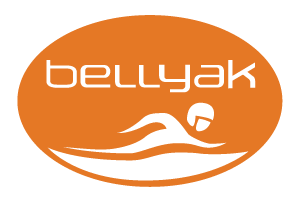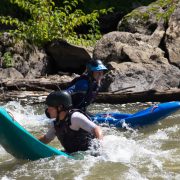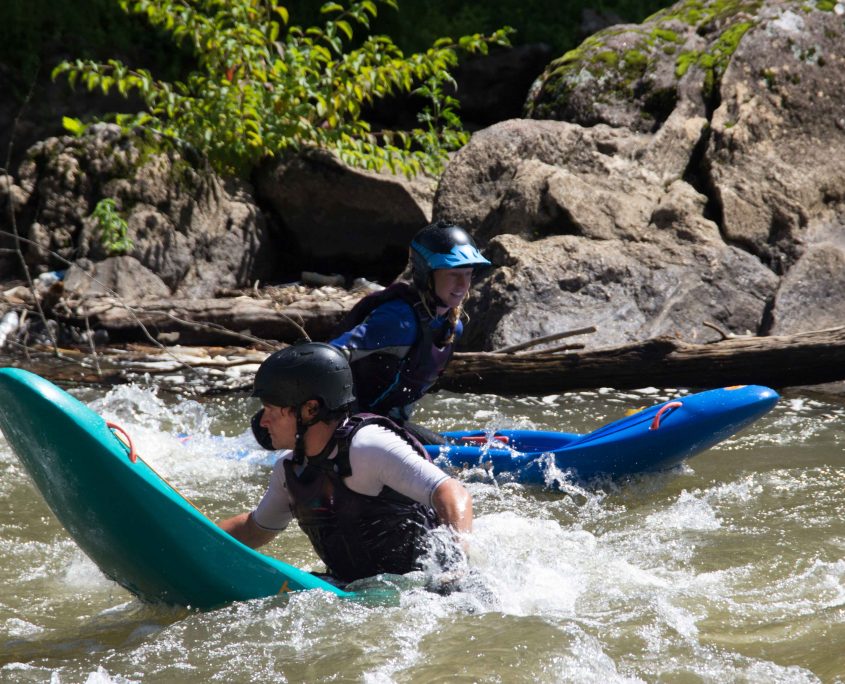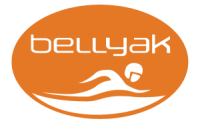High Performance Bellyak Training: Volume II
In High Performance Bellyak Training: Volume I, we focused on lower lumbar stability and how it enhances the prone position while paddling. Also life. But what comes first, flexibility or stability? The egg. In other words, if the body cannot stabilize itself correctly – no matter how flexible you are it will find another (read incorrect) way. Ultimately, this will lead to stiff joints and uncomfortable exercise.
Now that we are all confused, let’s get in there and get mobile! In this volume, we’re aiming for functional posture and optimal performance on the water.
Stabilizing the Lower Back
Let’s start out with another key Foundation Training exercise: “Prone Decompression”. A perfect tool for all you prone paddlers! This is a great continuation from last week, as it teaches you how to stabilize the pelvis and elongate your torso.
Moving to the bellyak
Now your lower back is balling, let’s step it up a notch. Transitions on the bellyak are not necessary but important to learn if you want to get into more advanced pellyaking. Being able to transition quickly from prone to kneeling is helpful when surfing a wave or if you just want to change up your paddle position.
Using Training Accessories
What better way to work on stability, than finding a stability ball and bringing back the ol’ knee tuck (below). When you first do this one work on stabilizing your core muscle groups and doing it slowly and with proper form. To break it down, place your hands shoulder width apart and place your feet onto the ball. Make sure your pelvis isn’t sagging. Use your core activating muscle technique we learned last time by gently squeezing your thighs together to protect and strengthen your lower spine and go ahead and imagine sinking your belly button back into your spine. This should activate the majority of the muscles that connect to your pelvis, aka your core muscles. Take a big inhale and as you exhale tuck your knees into your chest. Do this nice and slow as you might be wobbly at first, in 3 or more sets of 5-10. Make sure you continue to support your stabilizing core muscles. As time passes, try doing it quicker while still maintaining proper form and you will be on your way to becoming an elite bellyak trickster.
Mastered the knee to chest? There are loads of great stability ball exercises to get your core rockin’!
So why all the exercises?
Let me explain with a story. Grab some tea and a loved one and settle in for this one. Once upon a time on the Ocoee river in Eastern Tennessee, I was getting my surf trick on. Really feeling confident and nervous all at the same time as the eddies were full of Mambas watching me in between spotted roll practices and hand of God rescues. I went to go for what seemed to be the easiest surf transition; Prone to kneeling. Only to find out I had one type of muscle group, slow and not reactionary. It wasn’t going to cut it. I may have been strong at that point in my bellyak career, but quick I was not. The time that elapsed from my prone to kneeling position was enough to kick me off the wave every time. Horrified and ashamed, I paddled the rest of the way down the river, belly down to go on with my quest for faster muscles.



